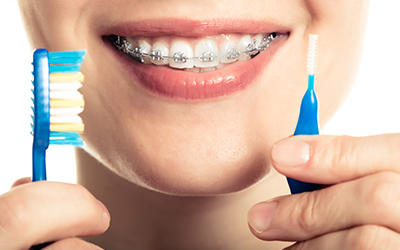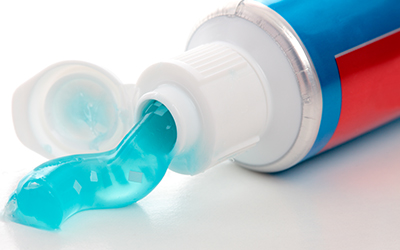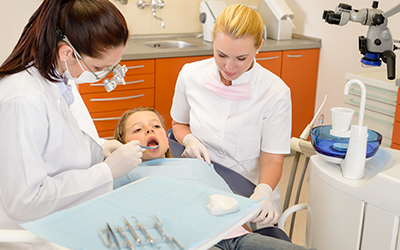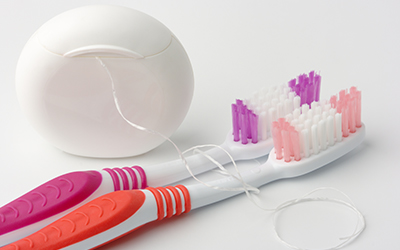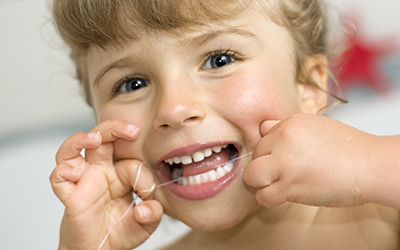Periodontal Disease In Adolescence
It surprises many people to learn how common gingivitis and gum disease (also called periodontal disease) can be in younger adults and even adolescents. Gingivitis is a milder form of periodontal disease and usually serves as a warning that more serious problems may be on their way. If untreated, gingivitis can develop into full-blown periodontitis, which has many scary health risks. Children and adolescents who suffer from type-1 diabetes or any sort of immune deficiencies are much more susceptible to gingivitis and periodontal disease.
Below are the main types of gingivitis and gum disease most commonly seen in children or adolescents:
Chronic gingivitis
Symptoms of chronic gingivitis include swollen, red, or bleeding gums. Seeking treatment early on in the disease can prevent gingivitis from developing into a more serious case of periodontal disease.
Aggressive/chronic periodontitis
Chronic and aggressive periodontitis usually affect the eyeteeth and first molars. One of the characteristics that set this disease apart from the others is substantial bone loss. Oddly enough, people who suffer from this form of the disease don’t usually have much dental plaque build-up during cleanings and exams.
Generalized aggressive/chronic periodontal disease
This form of periodontal disease is similar to the one we described above, but is much more severe and affects the entire mouth. Symptoms include major plaque accumulation, and red and swollen gums.
Periodontal disease changes the gum structure of the entire mouth. These changes weaken gum strength, allowing teeth to become loose or even to fall out of the mouth. The most important thing to do if you notice these changes in your child or adolescent is to set up an immediate appointment. The early they receive dental intervention, the better.
Please contact Great Outdoors Pediatric Dentistry, located in Dover, New Hampshire, in order to set up an appointment with Dr. Wilson.



